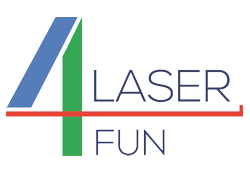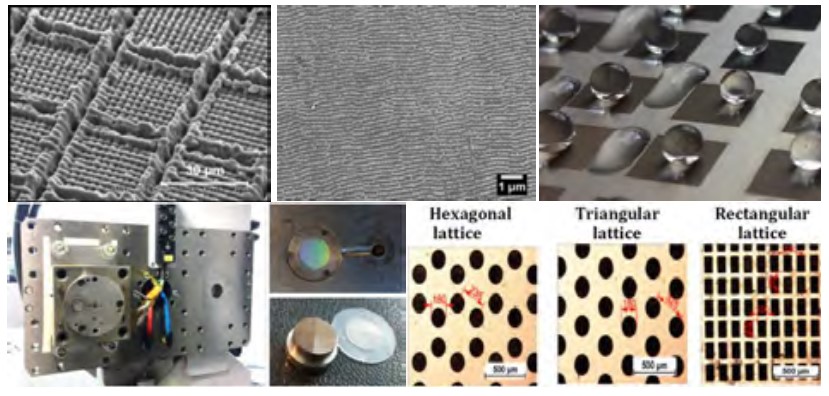Results of the work in the Laser4Fun project has been published as:
Jean-Michel Romano, Jorge Fantova-Sarasa, Carlos Concheso, Mert Gulcur, Behnam Dashtbozorg, Antonio Garcia-Giron, Pavel Penchev, Hanshan Dong, Ben R. Whiteside, Stefan S. Dimov. (2020) Effects of mould wear on hydrophobic polymer surfaces replicated using plasma-treated and laser-textured stainless steel inserts. Tribology – Materials, Surfaces & Interfaces, 1-13.
Abstract
The mass production of polymeric parts with functional surfaces requires economically viable manufacturing routes. Injection moulding is a very attractive option, however, wear and surface damage can be detrimental to the lifespan of replication masters. In this research, austenitic stainless steel inserts were hardened by low temperature plasma carburising and then different micro and nano scale surface textures, inspired by Lotus leaves and Springtail skins, were laser fabricated. A commonly available talc-loaded polypropylene was used to produce 5000 replicas and thus to investigate the evolution of surface textures both on inserts and replicas together with their functional response. The progressive wear or surface damage on the inserts during the injection moulding process had a clear impact on surface roughness and peak-to-peak topographies of the replicas. In general, polymer replicas produced with the carburised inserts retained wetting properties for longer periods compared with those produced with the untreated replication masters.

